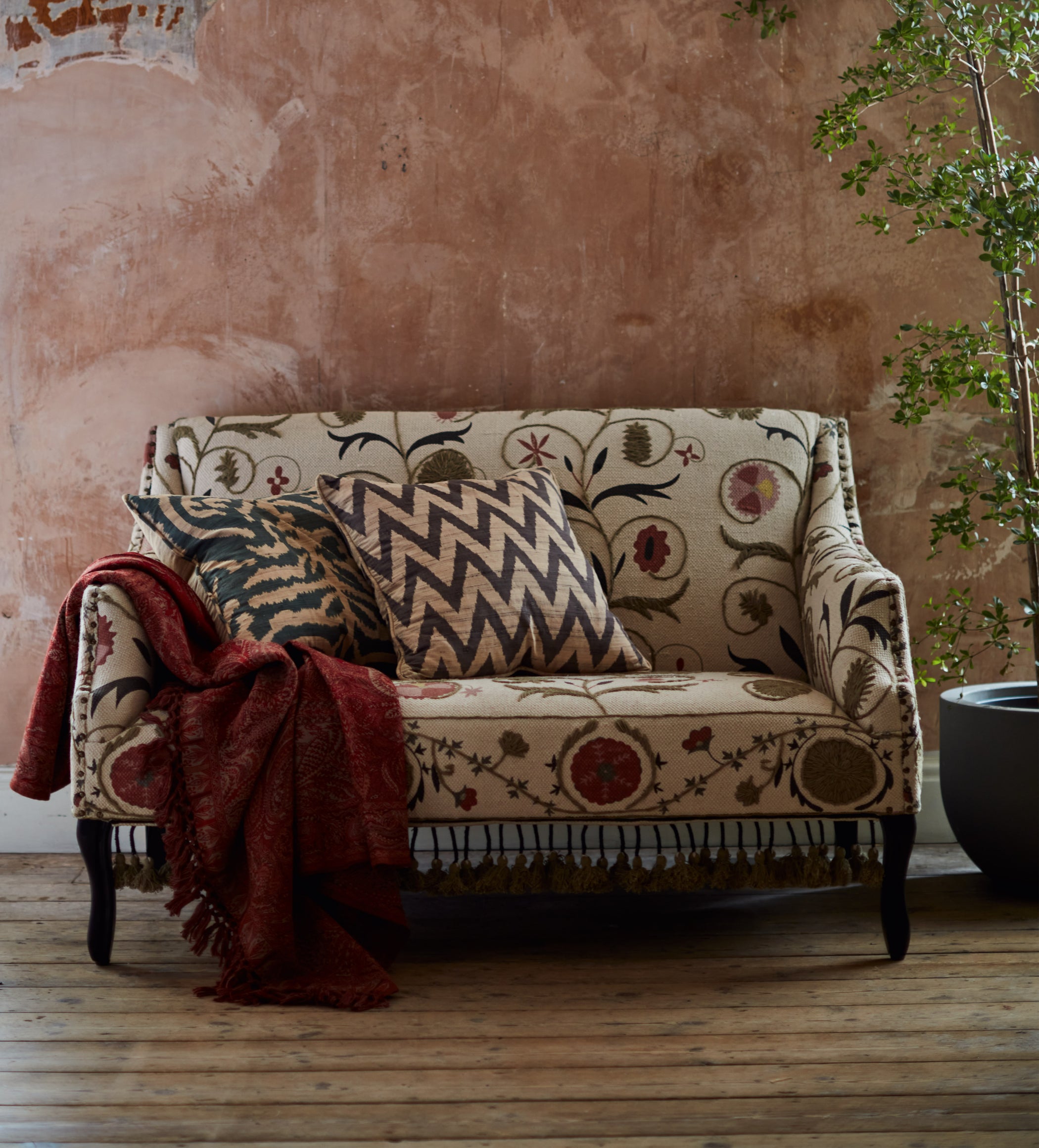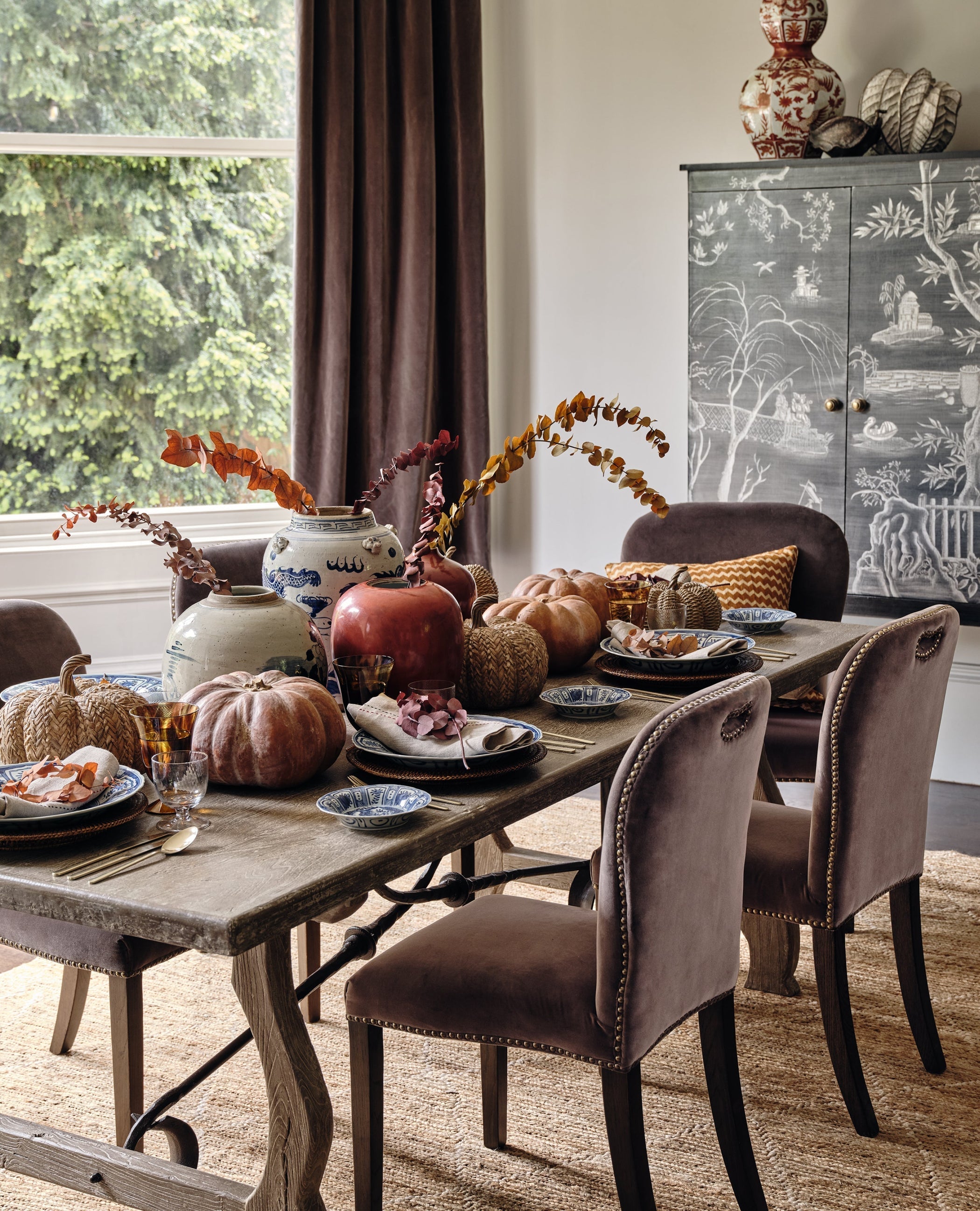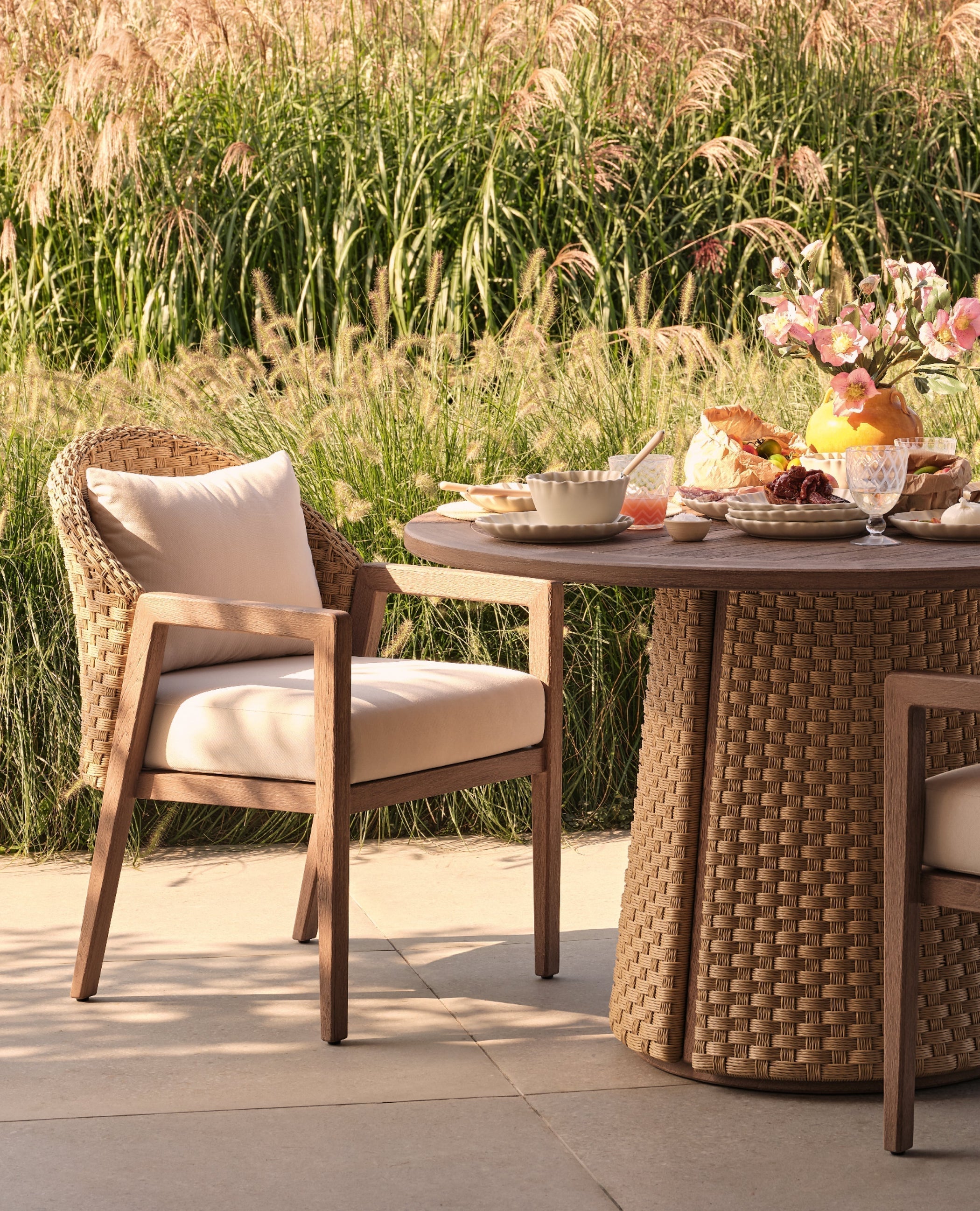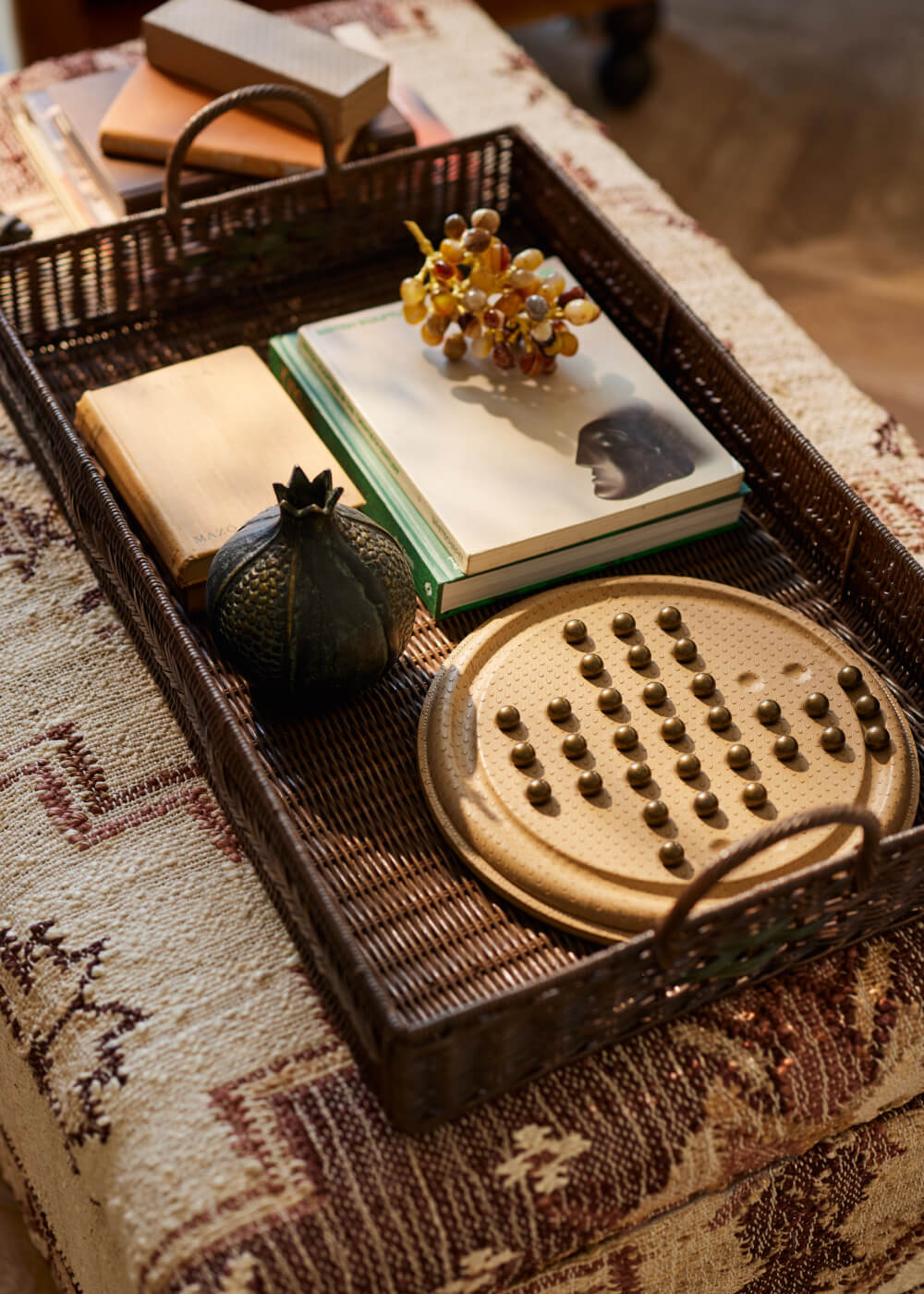Types of sofa
Looking at how many seats a sofa offers (usually between two and five) is a good starting point. However, it’s also important to consider whether a modular or fixed type of sofa will best suit your needs.
Fixed sofas
Fixed sofas have arms, backs and bodies that are permanently attached to each other. With a more formal look and a firmer feel, they come in a large range of styles to match any aesthetic. Although they aren’t flexible in their shape, they can be paired with additional pieces, such as footstools or armchairs, to create new looks.
Modular sofas
Modular sofas are made up of multiple different sections, including armless seats, adjustable backs and corner units. This means you can configure them to a range of spaces, ideal for an unusually shaped room. Another benefit is that you can add to them over time; useful if you move house or transfer the sofa into a larger setting.
A less formal and more adaptable style, you can compose any arrangement you desire. Whether you want an L-shaped corner sofa or U-shaped seating, a modular sofa allows you to create a bespoke arrangement.
Sofa styles
Of course, the sofa style you select will largely be down to your personal taste and planned interior. There are, however, a few key components to look out for.
●Back height: A lower back gives a more open, laid-back look, and can easily be positioned in front or under a window. High-backed sofas feel more formal and often look best with their back placed directly against a wall.
●Arms: Arm width can make a difference to the overall size of your sofa, so check this measurement if you’re tight on space. The style also affects the overall look. Scrolled arms are well-suited to period properties, while scoop or track fit modern, minimalist spaces.
●Legs: Sofas with legs generally have tailored or fixed upholstery that looks smart and makes rooms look more spacious. Sofas without legs are often more informal and relaxed in style.
To help you narrow down the specific style for your space, here are some of the most popular in our range.
English roll arm sofa
There’s no need to sacrifice comfort for good looks with this classic design, which takes its name from its gently rounded arms. Deep seat cushions and a generous rolled back sit upon traditional turned legs mounted on castors. It’s the perfect seat to sink into at the end of a busy day.
Our elegant Coleridge sofa is a contemporary take on the English roll arm design that features stained birch wood legs and uniform skirting detail.
Chesterfield sofa
Probably the most famous style of sofa, the Chesterfield is often associated with period drawing rooms or Oxbridge common rooms. Traditionally upholstered in hard-wearing brown leather, this design has an iconic profile. Its key features include a low, deep buttoned back (also known as ‘tufted’) with high, scrolled arms, plus a deep seat and exposed wooden feet.
All of this adds up to a smart sofa that will never go out of fashion. Our Cecil sofas take this traditional style to a new level of luxury with a smooth, sculptural form and shallow buttoning.
Knole sofa
A feature in mid-17th century English country houses, the Knole sofa’s classic design has endured ever since. Its distinguishing features are a straight, high back and adjustable angled arms. Traditionally, these can be opened outwards for a more relaxed look, or positioned upright to keep out draughts.
With its fixed, gently flared arms and subtle tapered legs, our Radcliffe sofa reflects the Knole style and is designed to suit today’s interiors.
Tuxedo sofa
Many consider this linear style as a modern alternative to the Chesterfield. Smart and sophisticated, a Tuxedo can be identified by the height of its arms, which are level with its back. Adding plenty of cushions can transform the Tuxedo into a very snug seat that’s ideal for reading in.
English country house sofa
Like the English roll arm, a classic English country house sofa features a curved back with low rounded arms. Where it differs is its base, where a skirted finish lends a more traditional feel. Exposed legs make a room feel more spacious, so when you hide its feet with a skirt this sofa becomes the dominant feature of a space.
































































